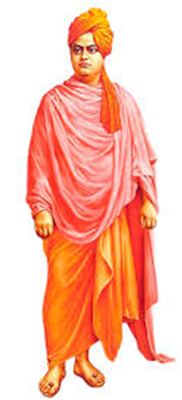Who is Mount Everest named after?
Mount Everest is named after Sir
George Everest (1790-1866), a British Geographer who distinguished himself as
Surveyor-General of India from 1830-1843.
Born in Wales, Everest studied at the
Royal Military Academy in Woolwich and later joined the army.
In 1806, he travelled to India as a
cadet in the Bengal Artillery.
In 1818, he was appointed as an
assistant to Colonel William Lambton, who had started the Great Trigonometric
Survey of the sub-continent in 1806.
When Lambton died in 1823, Everest
took over the post of superintendent of the survey. In 1830, he was appointed
Survey-General of India.
Sir George Everest was largely
responsible for completing the section of the Great Trigonometric Survey of
India along the meridian arc from the south of India extending north to Nepal,
a distance of approximately 2400 kilometres.
Everest retired in 1843 and returned
to live in England, where he became a Fellow of the Royal Society.
He was knitted in 1861, and in the
following year he was elected Vice-President of the Royal Geographical Society.












